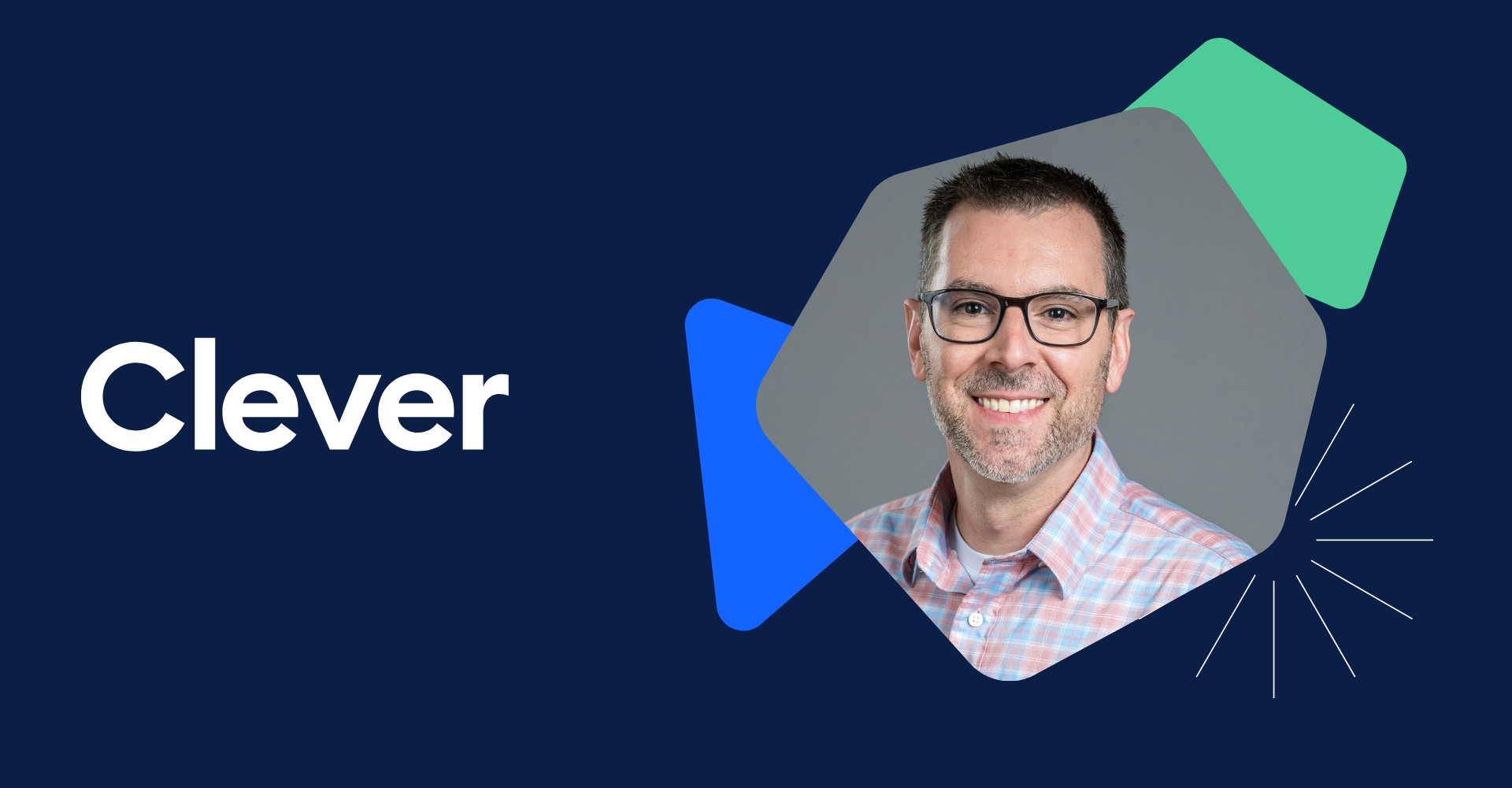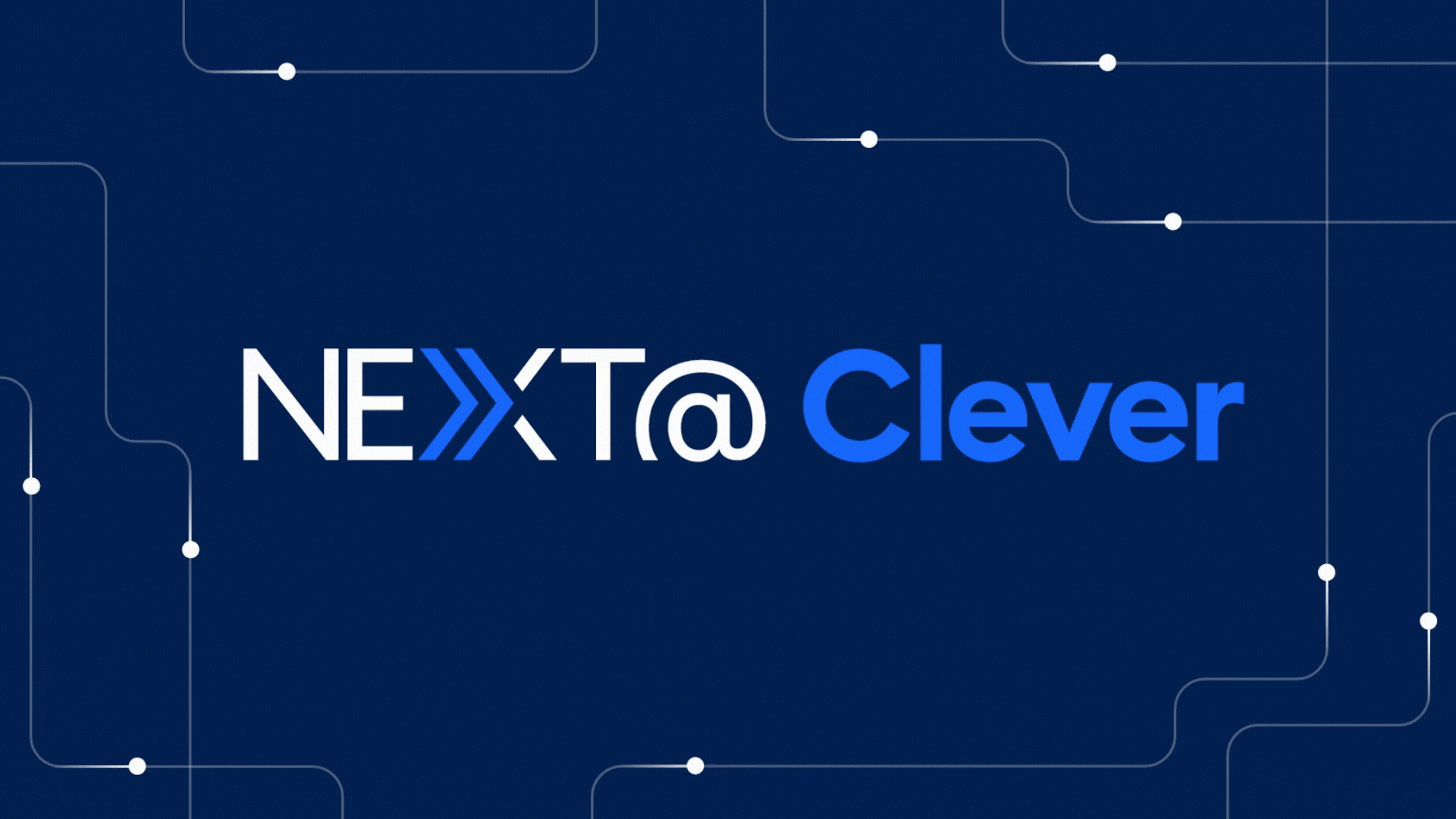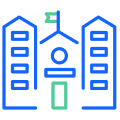Don’t Just Get Ready—Lead: A Proactive Edtech Approach for Back to School
K-12 technology leaders are well-versed in the concept of “doing more with less,” a phrase that, unfortunately, takes on new significance in today’s classroom. As federal funding models shift and the cost of educational technology continues to rise—partly driven by the rapid integration of AI—it’s more critical than ever to have a clear understanding of your district’s digital ecosystem. Without a strategic approach, you risk wasting valuable resources on redundant or ineffective tools, and you may even expose your district to data security vulnerabilities.
Gaining control of your edtech stack isn’t just about saving money; it’s about ensuring that every dollar spent directly supports student learning and empowers your teachers. Here are five essential steps to help you move from digital chaos to clarity.
1. Be the expert on your edtech inventory
Schools have been in a constant state of adoption in recent years with data privacy and security trailing behind. Now, with AI popping up across so many edtech applications and wanting access to your information, how do you maintain control over your school’s data? The first step is to get a comprehensive inventory of every application and digital resource being used across your schools. This can be a surprisingly difficult task, as teachers often adopt free tools or sign up for trials that fly under the district’s radar.
Schools using Clever can leverage a powerful tool to achieve this. Edtech Analytics uses data from the Clever extension to provide a complete and unbiased report on all applications in use, including those not rostered through Clever. This gives you a single source of truth for your entire digital ecosystem.
2. Connect with teachers on the edtech they need
While analytics can tell you what is being used and how often, it can’t tell you why. Usage data alone doesn’t distinguish between a tool that is highly engaging but educationally shallow and one that is a deeply valuable instructional resource. This is where your teachers’ expertise is invaluable.
Engage with your educators to understand which tools they find most effective and why. What do they love? What challenges do they face? Combining this qualitative feedback with your quantitative usage data will give you a nuanced, 360-degree view of your edtech landscape, enabling you to make decisions that are both data-informed and people-driven.
3. Standardize costs with a per-student metric
Edtech licenses are not one-size-fits-all. Some are priced per user, some per school, and others use complex tiered models. This variety makes it difficult to compare the true cost-effectiveness of different applications.
To simplify your analysis, begin to normalize your licensing costs by calculating a cost-per-student for each application. This metric provides a standardized benchmark that allows district leadership to make more equitable and informed decisions about resource allocation. When you can clearly see that one tool costs $5 per student while a similar one costs $50, it sparks a much more productive conversation about value and impact.
4. Identify consolidation opportunities and deepen your investment
Once you have a clear list of your applications and their costs, you can begin to look for redundancies. That way, you can make strategic decisions about what is the right fit for your school organization.
By identifying this overlap, you create opportunities to streamline your tech stack, provide more focused support to your teachers, and maintain control over your school’s data. Streamlining your digital toolset lessens the cognitive load on teachers and students, creating a more cohesive and user-friendly digital learning environment.
5. Keep track of data sharing
In an era of heightened awareness around data privacy, it is imperative to know what data is being shared with each edtech vendor. Every application has its own data-sharing agreement, and it’s your responsibility to be a steward of your students’ and staff’s sensitive information. Maintain a clear record of the data shared with each tool. This is especially critical when you decide to discontinue a product. Knowing what data the application holds is the first step in ensuring that the vendor securely and permanently deletes all student and staff information in accordance with your district’s policies and privacy laws. This diligence protects your community and builds trust with all stakeholders.
By taking these five steps, you can transform your district’s edtech strategy from reactive to proactive, ensuring that your digital resources are cost-effective, instructionally sound, and secure.
Lead Back to School with help from the Clever Admin Checklist

More to read

October 21, 2025
Stop the Sticky Notes: Bend-La Pine’s Simple, Secure Fix for Substitute Teacher AccessRobbie Faith, an instructional technology coach at Bend-La Pine Schools, successfully implemented a Clever feature to streamline secure access to digital resources for short-term substitutes, leading to more effective sub planning for teachers, increased confidence for subs, and more consistent learning for students.

October 16, 2025
A Unified Future: Why a Single Identity Platform Is the Key to Secure and Scalable LearningStop managing complex K-12 security with patchwork fixes. Jamie Reffell, CPO at Clever explains how a unified identity platform is the future for secure, scalable learning and effortless edtech deployment.

August 15, 2025
The Underestimated Threat: Why Student Accounts Are Targets for CyberattacksIn the world of cybersecurity, student accounts are considered low risk because they are inside a digital walled garden. But this perception is not only outdated, it’s dangerous. Recent data from a national cybersecurity survey of school leaders reveals that one in four school organizations have seen an increase in cyberattacks targeting student accounts. Despite […]



















